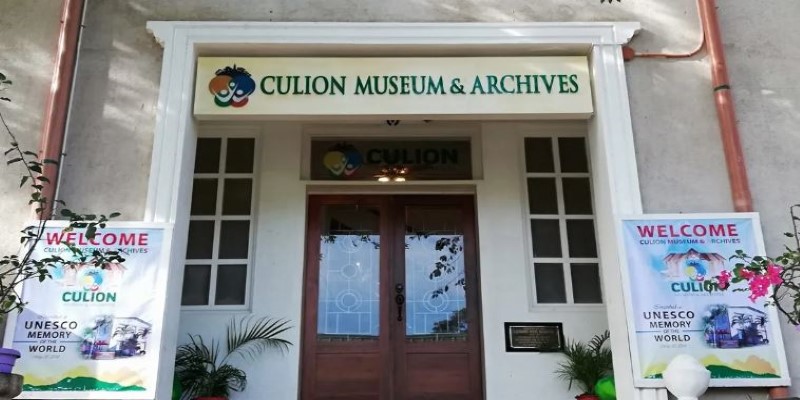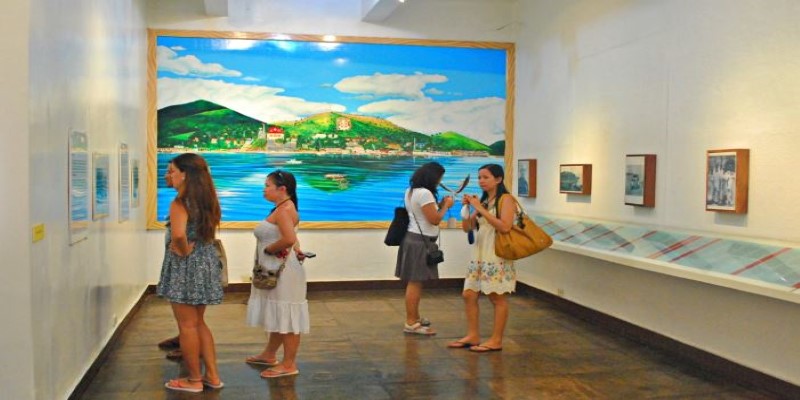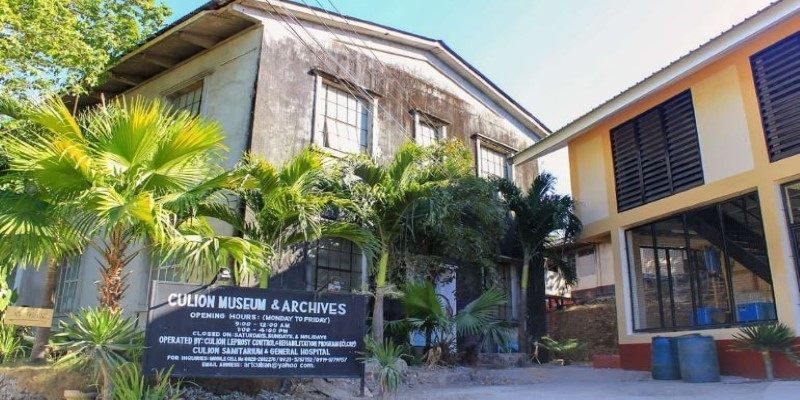The Remnants of Culion: A Museum Preserving Palawan’s Legacy
Culion, a small island in Palawan, may not be one of the most talked-about destinations in the Philippines, but it holds a unique place in history. The Culion Museum and Archives offers visitors a chance to step back in time and witness the remnants and descendants of a past that shaped this island.
From its significance as a leper colony to its diverse cultural heritage, the museum serves as a repository of stories, artifacts, and memories that tell the island's history. This article explores the role of the Culion Museum and Archives, shedding light on its historical significance and its legacy for coming generations.
The Historical Importance of Culion Island
Culion Island carries a history shaped by isolation, strength, and change. What was once a site of exile for leprosy patients now has its history deeply ingrained in its nature. During the early 20th century, fear and ignorance of the disease resulted in the island being declared a leper colony. Thousands were forcibly removed from their homes throughout the Philippines, separated from their families, and sent to a life of enforced isolation. But the isolation did not stop at the shores of the island—it was an emotional and social chasm that changed lives forever.
At its peak, Culion stood out as one of the largest leper colonies on earth, a community that was tied by affliction in survival. Those who inhabited its surroundings were called "kulioneros" and had no choice but to put their shoulders together amidst this place made for isolation. Yet through patience and dedication, they have left behind a legacy of strength still defining the island today-a legacy represented by the solemnity of the Culion Museum that echoes the perhaps almost forgotten tales of men and women who endured, fought for dignity, and transformed an island of exile into a home.
The Culion Museum and Archives: Sustaining the Past
Culion Museum and Archives is built on the site where a leper colony once existed. It is now a living history of the islands' history. Founded in 1994, it carries the memories of those who once inhabited the island and educates its visitors about the history of leprosy in the Philippines.

The museum houses an extensive collection of photographs, documents, and personal items from Culion's time as a leper colony. It also showcases artifacts from the island's more recent history, including the cultural influences that have shaped the community over time. Visitors can explore the various exhibits, which detail the history of the disease, the development of the colony, and the eventual rehabilitation and integration of the survivors into mainstream society.
One of the most striking aspects of the museum is the display of personal stories from former residents of Culion. These narratives offer a glimpse into the lives of the colony's residents, highlighting their struggles, resilience, and humanity. Many of these stories were recorded by the descendants of the original inhabitants, ensuring that the voices of those who lived through this difficult period were not forgotten.
The Remnants of the Leper Colony
Walking through the museum, visitors can see remnants of the leper colony, including old medical equipment, tools, and even personal letters and photographs. These items serve as poignant reminders of the past, helping to humanize the historical events that took place on the island. For many, these remnants are a way to connect with the people who lived through the difficult years when Culion was a place of separation and stigma.
In addition to the museum's exhibits, several remnants of the leper colony are scattered around the island. Some of the old buildings used to house patients are still standing, and though many are in disrepair, they provide a tangible link to the past. The island itself, with its lush landscapes and peaceful atmosphere, serves as a backdrop for these historical sites, offering visitors the chance to reflect on the complex history of the area.
The Descendants of Culion
While the museum focuses on the past, it also looks to the future, particularly through the lens of the descendants of the people who lived in the leper colony. The children and grandchildren of those who were once isolated on Culion Island have carried forward the stories of their ancestors. Many of these descendants still live on the island, and their lives are a testament to the resilience and strength of the Culion community.

The legacy of Culion is not only about its history as a leper colony but also about the descendants who have rebuilt the island's identity. The people of Culion have moved beyond the stigma of the past and now focus on creating a thriving community that is proud of its history. The museum plays an important role in ensuring that the stories of these descendants are preserved for future generations. It also serves as a reminder that history is not just about the events themselves but about the people who lived through them.
The museum has become a place of reconciliation, where families of former patients can learn about their ancestors' experiences and find closure. It has also become a center for research, with scholars and historians visiting to study the impact of the leper colony on the island and its people. The Culion Museum and Archives thus serve as a bridge between past and present, providing a space for reflection, education, and healing.
Conclusion
The Culion Museum and Archives is a powerful reminder of the island's history, preserving the stories of those who lived through its challenging past. By showcasing the remnants of the leper colony and honoring the descendants of its residents, the museum ensures that this unique chapter in Palawan's history is never forgotten. It serves as a space for reflection, education, and healing, offering visitors a deep understanding of Culion’s enduring legacy and the strength of its people.












